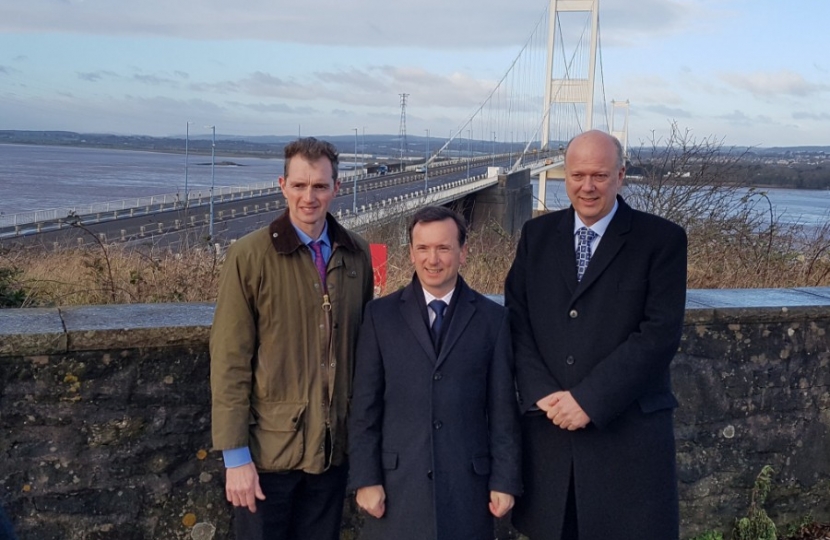
Secretary of State for Wales, Alun Cairns, has announced that Severn Bridge tolls will be halved from 2018 onwards, with most drives paying £1.50 to make the crossing I either direction.
The lower toll charges would be introduced when the crossings return to public ownership and are intended to save drivers and businesses money, boosting the economy along the M4 corridor.
“The UK Government is also looking at removing toll barriers and introducing free flow tolling on the Severn crossings that will help cut congestion and journey times.
“For Some vehicles the cost of crossing the bridge will fall by 75 percent with vans and small buses paying only £3 instead of the current £13.40 charge. For cars, the price will also fall to £3, less than half of the current £6.30 charge,” he explained.
Mr Cairns, who is MP for the Vale of Glamorgan, made the announcement in a letter to all Welsh MPs and AMs and publically launched the proposals at the bridges with UK Government Transport Secretary Chis Grayling, on Friday. He said: “This is excellent news for people living and working in Wales who use the Severn Bridge, particularly van drivers who will pay over 75 per cent less money. These saving will make a huge difference to those who use the crossing regularly and it will provide a major boost to companies pitching for new business, who can now be much more competitive.
“The Severn crossing is a vital artery into Wales and reduced tolls demonstrate once again that Wales remains open for business. The M4 corridor is at the heart of the Welsh economy and enterprises from Carmarthen to Cowbridge, Cardiff and Caerphilly, should receive a welcome boost.”
Opposition parties have criticised the UK Government for not removing the charge entirely when the bridges are returned to public ownership, but in Mr Cairns’ letter to Welsh AMs and MPs, he explained that the UK Government’s decision to retain some charges: “We want to be clear that there is no intention to use the tolls for any purpose other than to support their operation and maintenance, and to repay the debt incurred by the UK taxpayer to fix latent defects on the crossings.”